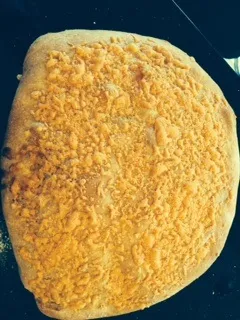A Cold Front in the Rockies, and…
…triticale croissants.
Who didn’t see this coming? Hands? Ah, well.
Triticale is my baking nemesis, my bête noir, and unfortunately my favorite grain. A cross between wheat and rye, it is very high in protein, but its gluten is of low quality. If you have ever heard a discussion about milling, you will hear that the protein content of wheat is higher as you get to the outside of the endosperm, but higher in ash and lower in quality. What does this really mean?
- Log in or register to post comments
- 11 comments
- View post
- proth5's Blog






